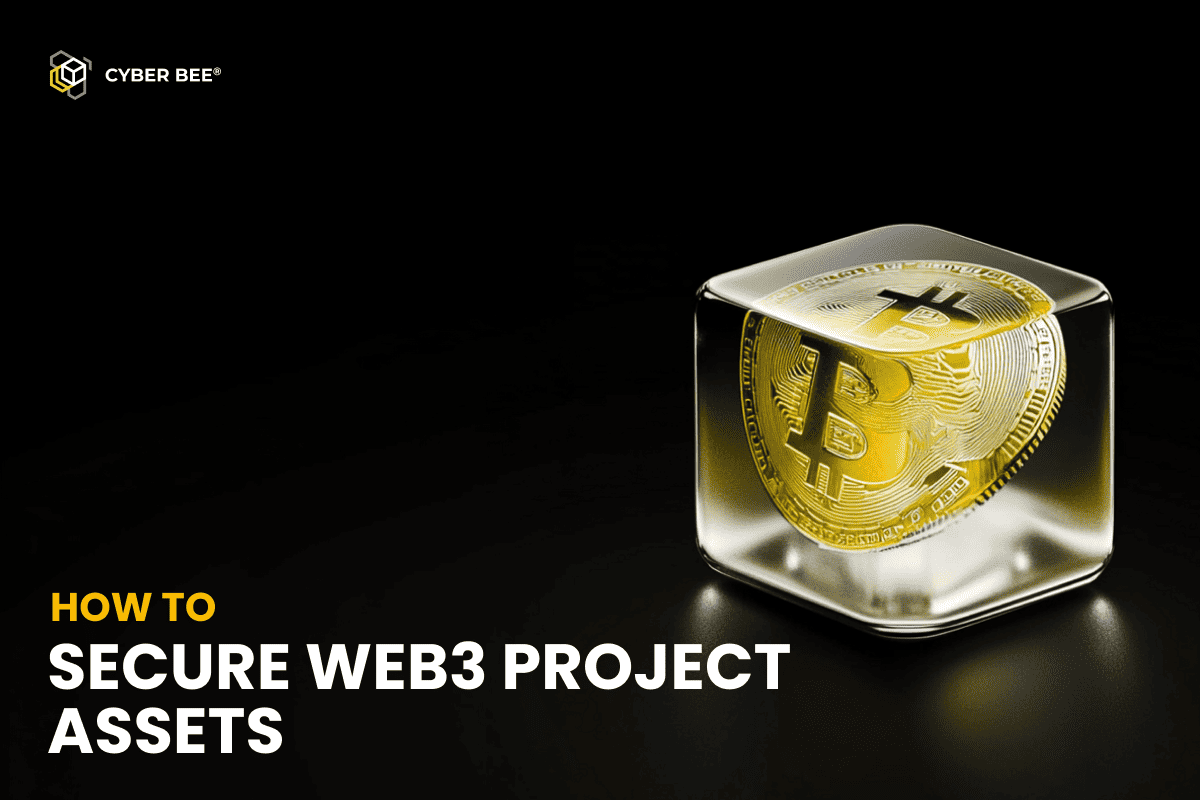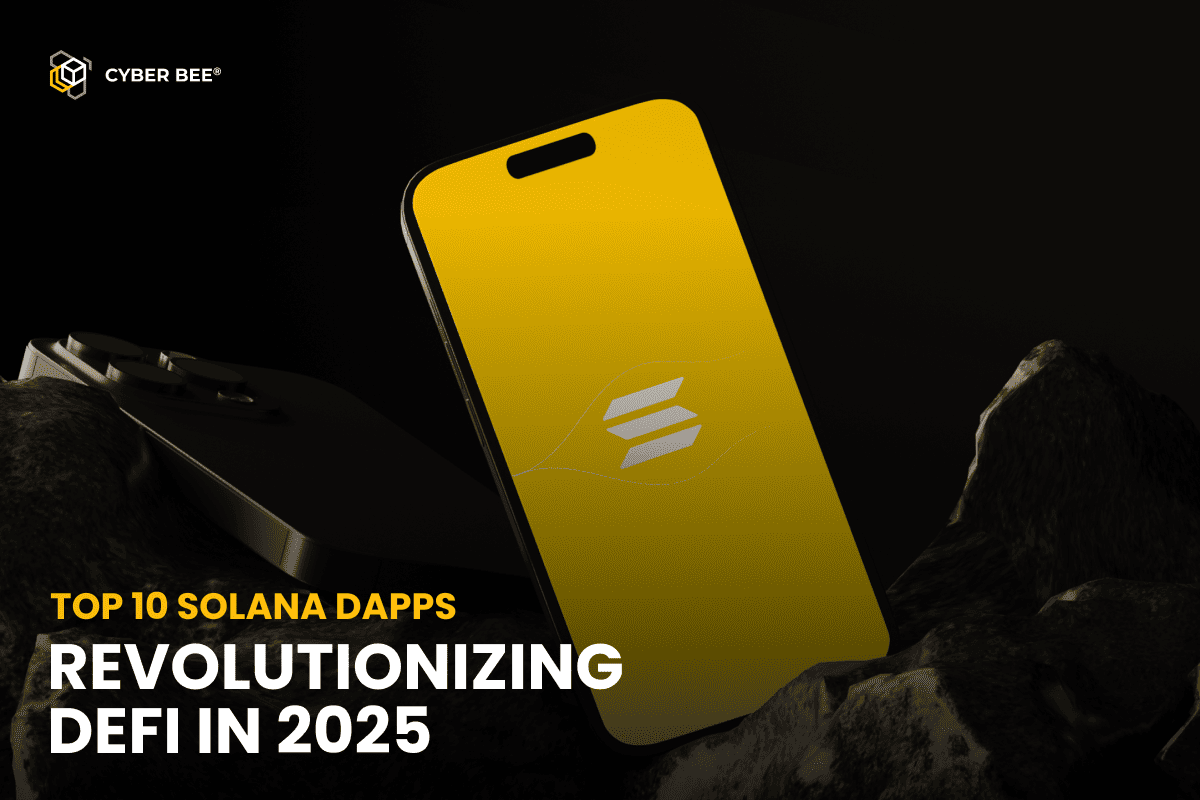Introduction to Decentralized Social Networks
Growing concerns over privacy, data ownership, and content control have sparked a significant shift towards decentralized social networks (DSNs). These networks represent a new breed of platform that promises to return data control to the users and reshape the social media landscape as we know it.
Decentralized social networks are built on the principles of decentralization inherent in blockchain and peer-to-peer technologies. Unlike traditional social networks that operate on centralized servers owned by single entities, DSNs distribute the network’s data across many nodes, typically powered by blockchain. This design offers a more democratic and user-centric approach, where power and control are not in the hands of a few corporate giants but are instead dispersed among its users.
The Core Philosophy and Structure
The core philosophy behind decentralized social networks is to foster an environment where users have ultimate authority over their content and interactions. This is achieved through a decentralized architecture that ensures no single point of control or failure. Users interact directly with each other without the need for intermediaries, thanks to the use of distributed ledger technology (DLT).
In a DSN, the network’s infrastructure is typically maintained by a community of stakeholders rather than a centralized organization. Each node in the network acts as a miniature server, contributing to the overall processing power and data storage of the network. This means that the network doesn’t rely on centralized data centers, which are prone to censorship, outages, and targeted attacks.
Benefits Over Traditional Social Networks
The benefits of decentralized social networks over their traditional counterparts are substantial:
- Data Sovereignty: Users have ownership and control over their personal data. They can decide what data to share and whom to share it with, rather than having it mined by corporations for advertising and other purposes.
- Privacy: Enhanced privacy features are a natural outcome of data sovereignty. Without a central repository of information, it’s much harder for third parties to access and misuse user data.
- Censorship Resistance: With no central authority to dictate what content is permissible, decentralized networks are inherently resistant to censorship. This allows for the free flow of information and ideas.
- Community Governance: Many DSNs adopt a form of democratic governance, where users have a say in the network’s rules and policies, ensuring that the platform operates in the best interest of its community.

Real-World Applications of Decentralized Social Networks
Decentralized social networks aren’t just theoretical constructs; they’re already in use with several applications that showcase their potential:
- Microblogging Platforms: Similar to Twitter, DSNs offer platforms where users can post short messages and follow other users, with the added benefits of ownership over content and resistance to censorship.
- Content Monetization: Content creators use DSNs to monetize their work directly through tokens or cryptocurrency, bypassing traditional ad-driven revenue models that often favor the platform over the creator.
- Community Governance: Some networks enable users to participate in decision-making processes, such as platform rules and feature development, promoting a democratic governance model.
- Decentralized Media and News: By utilizing DSNs, journalists and news outlets can distribute content that is resistant to tampering and censorship by oppressive regimes.
- Social Messaging Apps: Encrypted, peer-to-peer social messaging apps provide users with secure communication channels that are free from surveillance and data harvesting.
DSNs examples
- Lens Protocol: Launched with the vision of decentralizing social media, Lens Protocol is a blockchain-based platform that is changing the landscape of social media interactions through blockchain technology, smart contracts and NFTs. In Lens Protocol, minting Profile NFT is a pass to be a member of the platform. It gives users the ability to add content, connect and communicate with other users, and gives them control over their data. This NFT contains a history of all posts, reposts, comments, and other content created by users. When users follow a profile, they are given a Follow NFT, which creators and communities can encode with additional value. Since creators fully own their content via Lens Protocol, they can allow their followers to purchase it under terms defined by the original creator.

- Friend.tech: Introduced as a novel approach to social networking, Friend.tech is a platform that made a splash by allowing users to trade “keys” to exclusive content and private chats, effectively making every interaction a potential investment. On this application, every user has their own chat group, reminiscent of those on messaging apps such as Telegram. However, entry into another user’s private chat requires the purchase of specific keys. They can later choose to sell those keys if they decide to leave the chat.Friend.tech is not the first social token platform to receive widespread attention, but Friend.tech’s growth has outpaced other social token systems. Two weeks after launch, Friend.tech earned $1 million in fees.

- Mastodon is an open-source, decentralized social networking platform with over three million users comprised of various independent servers each dedicated to particular topics or communities. Users can connect by joining these servers, following one another, and participating in discussions in a manner similar to conventional social media platforms like Twitter. A distinctive feature of Mastodon is its chronological timeline, free from algorithmic sorting, ensuring users see posts in real time. The platform empowers individuals to establish and moderate their own servers, offering unparalleled autonomy over one’s digital social space and the visibility of interactions within it. Although Mastodon was established in March 2016, it wasn’t until late 2022 that the platform experienced a significant surge in popularity, reflecting an increasing demand for decentralized social spaces that emphasize user autonomy and privacy.

Technical Workings of Decentralized Social Networks
At the heart of decentralized social networks lie the principles of blockchain and peer-to-peer (P2P) technologies. Here’s how they fundamentally work:
- Blockchain Integration: Decentralized social platforms often utilize blockchain to create an immutable ledger of transactions and interactions. This ledger ensures the integrity and traceability of data without a central authority.
- P2P Networking: To facilitate direct interactions, decentralized social networks leverage P2P networking. This way, messages and content are shared directly between users’ devices, with copies stored across various nodes, ensuring no single point of failure.
- Smart Contracts: These self-executing contracts with the terms of the agreement between parties written into code govern many DSNs. They automate tasks such as the execution of transactions, the enforcement of community guidelines, and the resolution of disputes within the network.
- Cryptographic Security: User data and communications are secured using advanced cryptographic methods. This ensures data integrity and privacy, protecting against unauthorized access and tampering.
- Tokenization: Many decentralized social networks incorporate cryptocurrency tokens. These can incentivize content creation and curation, manage platform governance, and facilitate value exchange within the ecosystem.
Emerging Technologies in Decentralized Social Networks
- InterPlanetary File System (IPFS): Some DSNs use IPFS for distributed storage, where files are split, encrypted, and stored across numerous nodes, making data retrieval fast and resilient.
- Distributed Identity: Decentralized identifiers (DIDs) are used to create verifiable, self-sovereign identities that give users control over their personal data without reliance on centralized identity providers.
- Decentralized Finance (DeFi) Integration: By integrating DeFi protocols, DSNs can offer users financial services like staking, lending, and earning through their social activities.
Future Outlook of Decentralized Social Networks
The trajectory of DSNs points toward a future where:
Interoperability could become standard, with different DSNs communicating seamlessly, creating a more connected and open internet.
Mainstream adoption may be driven by increased awareness of privacy concerns, data breaches, and censorship on centralized platforms, leading to a demand for more secure and transparent alternatives.
Advanced functionality with the integration of virtual reality, augmented reality, and AI could lead to innovative ways of interacting socially without a central authority.
Challenges and Considerations
Despite the promise, DSNs face challenges:
- User Experience (UX): The UX of DSNs can be less intuitive than traditional platforms, potentially hindering widespread adoption.
- Scalability: Handling a large number of transactions and interactions without compromising speed and efficiency is a hurdle.
- Content Moderation: Balancing censorship resistance with the need to moderate illegal or harmful content remains complex.
- Adoption: Shifting users from established platforms to new decentralized models is an ongoing challenge.

Potential Impacts and Shifts in the Social Media Landscape
User empowerment is at the forefront, with users gaining more control over their data and content, potentially shifting the power dynamics away from large tech companies. This change could lead to the emergence of new economic models that reward users for their contributions and engagement, contrasting sharply with current models where platforms primarily capitalize on user data. However, as DSNs rise in popularity, they are likely to face regulatory challenges. The way these networks adapt to various legal frameworks will be a crucial factor in determining their longevity and success.
Concluding Thoughts
The evolution of decentralized social networks represents a significant shift in the digital communication realm. It promises to empower users with control over their data, provide transparent governance, and reward creators fairly. While the road ahead is paved with both opportunities and challenges, the move towards decentralization in social media could herald a new era of internet freedom and innovation.
Ready to dive into the world of decentralized social networking? Contact us to explore how we can help you develop a cutting-edge decentralized social network, tailor-made to empower user autonomy and privacy in the digital age.
Let’s build the future of social media together – reach out now to start your journey into decentralized social networking with our expert team.



